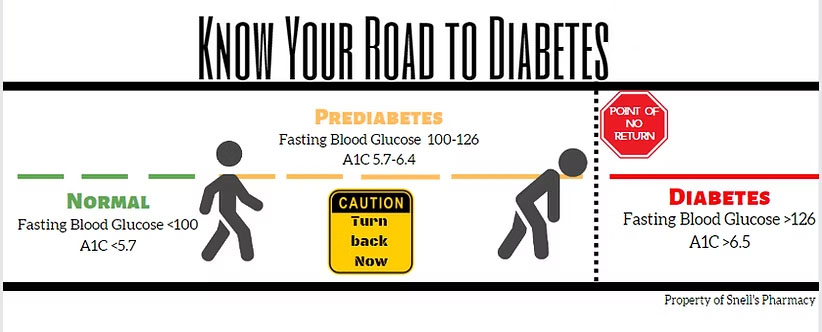Diabetes Care and Resources
What is Diabetes?
Diabetes is a chronic disorder of metabolism in which the body is unable to use food for energy. Either the body does not produce its own insulin (Type 1) or is unable to use the insulin that it makes (Type 2). The failure to produce or use insulin results in the inability of the sugar from food to be used as energy for normal bodily function.
Types of Diabetes
Type 1 Diabetes is a disease where the body attacks its insulin-producing cells. As a result, insulin can’t be made, and a patient will have high blood glucose levels.
Type 2 Diabetes is a disease in which the body can produce insulin. However, the insulin is insufficient, or the body does not respond well to the insulin produced, leading to elevated blood sugar levels.
Gestational diabetes occurs when diabetes is first diagnosed during pregnancy. A lack of adequate insulin levels does not cause this type of diabetes; it’s caused by other hormones produced during pregnancy which make any insulin produced less effective. Insulin is present, but the body’s glucose is resistant to its effects.
Pre-Diabetes is when your blood glucose levels are elevated but not high enough to be classified as a diabetic.
Diabetes Diagnosis
There are three types of tests used to identify if pre-diabetes or diabetes is present:
-
1. Hemoglobin A1C (or simply A1C)
The A1C test measures your average blood glucose for the past two to three months. -
2. Fasting plasma glucose (FPG):
Provides the blood glucose level at that moment. Taken after fasting for eight or more hours. -
3. Oral glucose tolerance test (OGTT):
The OGTT is a two-hour test that checks your blood glucose levels before and two hours after you drink a special liquid that is high in glucose. This test tells how your body processes glucose.
No single test is preferred. A positive test should be confirmed with a second abnormal result from either the same or a new sample.

The Road to Diabetes
Dealing with diabetes includes being aware of your numbers since your blood glucose measures are used to diagnose and track the progression of the disease. This progression can occur over many years and is a determinant of the associated complications and risks you can have with diabetes.



